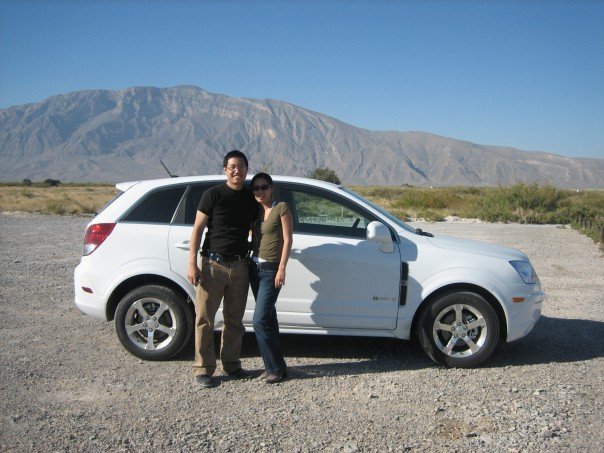
Karen Chan, P.Eng., joined the OSPE Board of Directors in 2013. She served as Vice Chair in 2014 and took the reins as President and Chair earlier this year. We caught up with Karen to ask a few questions and help you get to know her better.
Karen, tell us a little about yourself. What would people find interesting about your engineering background?
I’ve never followed a traditional engineering career path. I didn’t even intend to study engineering because I originally wanted to be an astronaut! During my undergrad, because I loved to read, I decided to pursue a second major in English, even though it meant spending an extra year in school.
I began my career as a sales engineer and then as a quality engineer and supervisor on an automotive plant floor. Some people wouldn’t want to work in a plant because it’s dirty, it’s noisy, and it’s a rough environment. Most engineers would much rather work in design – but it turned out that I loved working in the plant. Don’t get me wrong, it wasn’t always easy. The ability to be a good engineer doesn’t automatically translate into being a good supervisor. There were some difficult situations, but I learned so much from this assignment and it really shaped the person I am today.
The skills I picked up from being on the plant floor also prepared me for my next position – a two year automotive launch assignment in Mexico where I combined my experience in quality, design and manufacturing to launch cars. I learned a lot of Spanish in that job – my vocabulary is primarily food and car parts!
I left the automotive industry three years ago and now work in digital media. The shift from manufacturing to media may seem abrupt – however, an engineering degree is so adaptable and versatile, and the skills are so transferable, that for me, it felt like a natural progression. I’m able to apply the quality and launch engineering skills from automotive to implementing and managing software systems in digital media.
What inspired you to join OSPE’s Board of Directors?
I joined OSPE because I wanted to help new engineering graduates looking for their first job, support female engineers as they progress through their careers, and encourage kids and girls especially to pursue engineering and STEM studies. I started by volunteering with PEO, and my volunteer work drew the attention of the OSPE Board of Directors. I was approached by its Nominations Committee to run for the 2013 Board. I accepted because I felt it was a great way for me to give back. I was excited by the huge opportunity to help engineers build their careers, strengthen the community, and promote the profession.
What do you hope to accomplish as President?
My goal as President is to continue building OSPE’s reputation as the trusted source on all issues in Ontario that involve engineering. I will continue to highlight and promote the contributions that engineers make to the public, and the need for engineers to be involved when it comes to creating solutions for infrastructure, transit, energy, climate change and the economy. I will also ensure that we support Engineers Canada’s commitment to increase the percentage of newly licensed female engineers to 30% by 2030. I want to make sure that OSPE’s career services and professional development offerings remain current and relevant to engineers as they progress through their careers from students to graduates, and to getting their P.Eng. license and becoming established professionals.
Why do you think it is important for Ontario engineers to become members of OSPE?
Numbers and engagement is one of the greatest challenges that OSPE is currently facing. Our numbers are small when you look at the entire engineering population in Ontario – only 10% of Ontario’s engineers are OSPE members. Advocacy for our profession is important.
OSPE is working hard and people are listening. This is verified by the increasing number of government invitations for OSPE to be at the table when important policy issues are being discussed.
Recently, OSPE, along with Professional Engineers Ontario and Consulting Engineers Ontario lobbied successfully for the inclusion of engineers in Bill 6, The Infrastructure for Jobs and Prhttps://ospe.on.ca/wp-content/uploads/2024/10/academy-banner-7.pngrity Act, 2015. The original bill singled out architects as the critical profession needed to design infrastructure, while remaining silent on the role of engineers. The inclusion of engineers in Bill 6 ensures that the profession is recognized as a critical component in designing Ontario’s future. It also responds to the current crisis of underemployment among engineering graduates in Ontario by encouraging – through legislation – the creation of new employment opportunities for engineers in the industry.
Government is listening and OSPE is making big gains for the profession. But we want to – and can do – so much more with a bigger membership. We need engineers to become engaged members and join our roster of experts, so OSPE can be influential and better equipped to identify issues that impact the engineering community and fight for positive change.
Thanks Karen!
Do you have any questions for Karen? Post your questions for her in the comments section below!





Leave a Comment